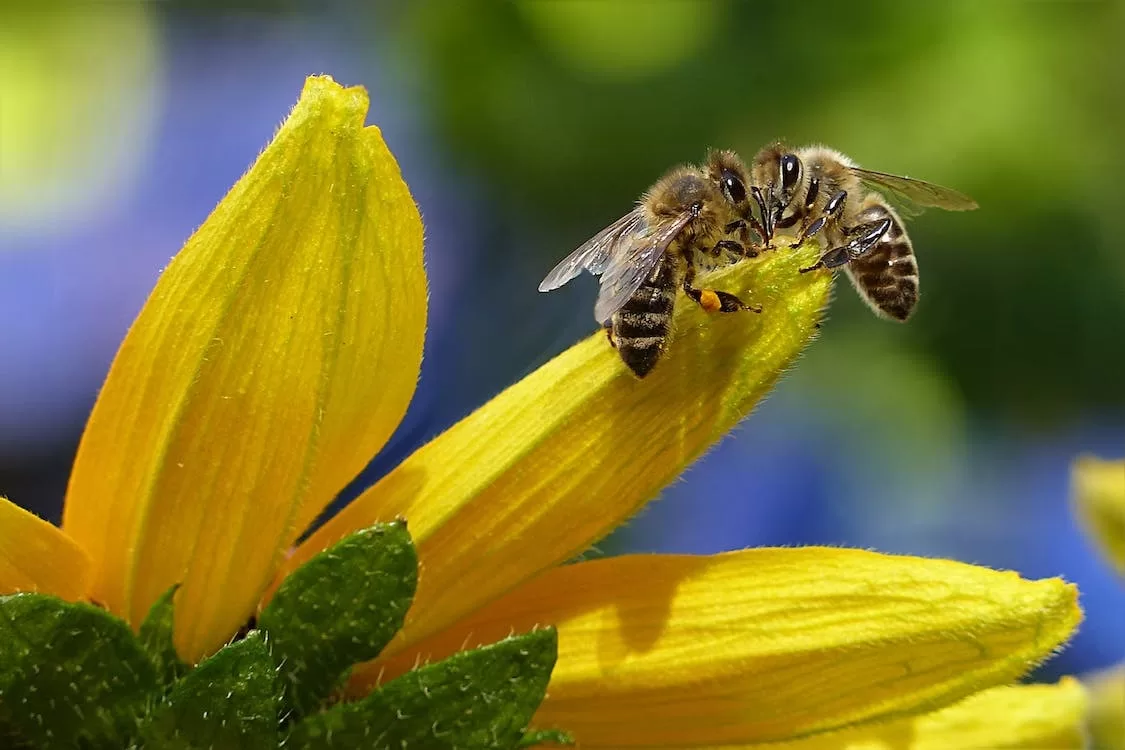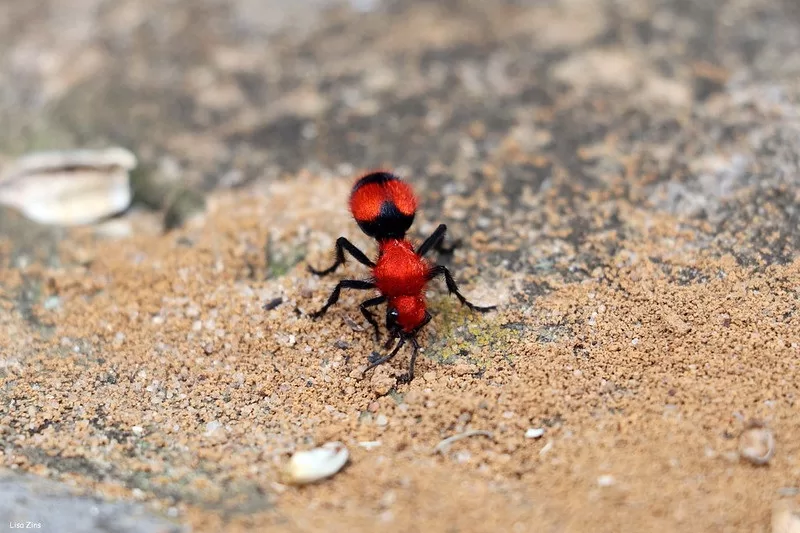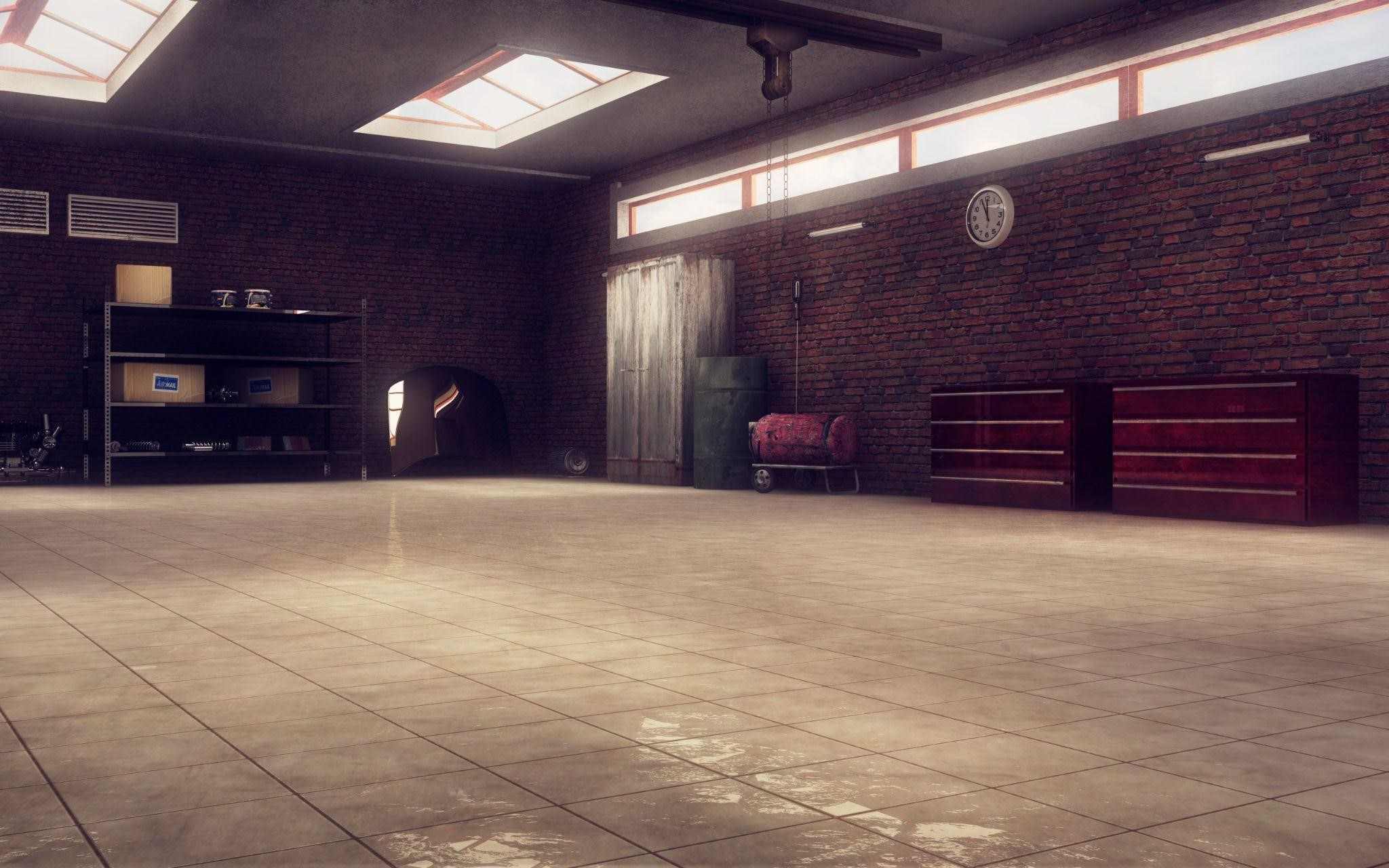Homeowners are now more eager than ever to take care of their gardens and produce. With the initiative of a bee lawn, you can enhance your vegetable garden’s pollination for improved yield.

In this blog, you will find simple steps on setting an attractive and effective habitat including tips on maintenance. Stick around as we go through a few pointers that can help you start a bee lawn in your very own backyard without much hustle or strain.
Benefits of Having Bees Near Your Garden
Having bees in your garden can bring countless benefits. At the very least, pollination increases, which in turn, encourages the healthy growth of vegetables and helps boost their production.
Depending on the species present in your area, with the right beekeeping equipment you could also start beekeeping and use them as an additional source of nutrition – honey – by starting a beehive.
A beautiful, carefully maintained bee lawn brings beauty to any backyard and provides an atmosphere vibrant enough to attract alternative potential pollinators like birds, butterflies, and other wildlife into it.
Tips for Starting a Bee Lawn to Enhance Pollination in Your Vegetable Garden
Given the benefits mentioned above, having a bee lawn to increase pollination in your vegetable garden is a great way to enhance its health and productivity. Nevertheless, setting up such an area requires accurate planning of the location, the best plants for bees, as well as ongoing maintenance.
To make this project easier, here are some tips you could borrow to help you create your very own bee lawn and start seeing results quickly:
1. Select the Right Location for Your Bee Lawn
When planning to start your bee lawn, choosing a suitable location is key. Look for spots in direct sunlight that get 6 or more hours of sunlight each day, making sure the area is flat to ensure adequate drainage of water and prevent moisture from collecting near plants’ roots.
Moreover, avoid placing it close to areas with strong winds as this could harm pollinators by affecting their navigation accuracy. Lastly, pick an area away from potential hazards like roads or high foot traffic areas.
2. Picking Pollinator-Friendly Plants
When it comes to selecting plants for a bee lawn, native wildflowers are always preferable options as they guarantee maximum pollination and sound nutrition for the bees. Some popular favorites include daisies, phacelia, lupine, and sunflower.
Herbs like Hesperis matronalis or oregano are also known to help bring diversity, thanks to their beauty and high-protein content that attract different varieties of bees. Just like when creating a butterfly garden, mixing several plant species maximizes the chances of success, and for one reason. Nectar preferences may vary from one type of bee to the other, say bumblebees and solitary bees, for instance.
3. Setting Up a Bee-Friendly Habitat
Setting up a bee lawn also requires you to create a spot with an abundance of flowers that bloom in succession throughout the year. On top of this, the niche habitat chosen should also provide plenty of places for nesting, such as bare patches of soil or hollow plant stalks.
Don’t forget that bees are naturally thirsty insects, so make sure to include sources of water nearby. Remember to keep the area free of pesticides, which can be harmful to these incredibly busy pollinators. While at it, planting acacia trees may also encourage some native bee species to take residence in your garden.
Read Also:
Maintenance Tips to Keep Your Backyard Vegetable Garden Thriving
A well-maintained backyard vegetable garden, including a bee lawn, is essential for growing healthy plants and maintaining ecological balance. By focusing on proper maintenance techniques that benefit both your vegetable beds and the surrounding environment, you can achieve a thriving garden.
Firstly, remember to weed your garden properly as weeds compete with vegetables for resources like water and nutrients. Additionally, incorporating simple shapes such as circles or squares around flowering plants in the bee lawn creates an aesthetically pleasing look while attracting pollinators.
During the early summer months, prune any dried-out branches or leaves from both vegetable plants and tall grasses in the bee lawn area. This will allow new growth to take place while keeping the environment suitable for pollinators. In this digital age, veggie garden planning software has made it easier than ever to keep up with these tasks ensuring both gardens flourish together.
One of the key benefits of having a backyard vegetable garden alongside a bee lawn is improved pollination efficiency. As bees visit various flowers within your space searching for nectar and pollen, they inadvertently pollinate other crops leading to higher yield potential within your vegetable plot. Here’s a list of common backyard vegetables that produce flowers particularly attractive to bees:
- Squash: Bright yellow or orange flowers with large, trumpet-like petals, providing sweet nectar for bees.
- Cucumbers: Delicate, yellow-white blossoms with a mild fragrance, offering sweet, watery nectar.
- Melons: Attractive, yellow flowers with a sweet scent, producing a rich nectar source for bees.
- Pumpkins: Large, vibrant orange-yellow blooms with a gentle aroma, offering a generous nectar supply.
- Zucchini: Beautiful, golden-yellow flowers with wide, open petals, providing a sweet nectar treat.
- Peppers: Small, white flowers with a subtle fragrance, offering a modest amount of nectar.
- Eggplants: Delicate, violet, or white blossoms with a mild scent, providing a light nectar source.
- Tomatoes: Tiny, yellow, star-shaped flowers with a faint aroma, offering a small amount of nectar.









